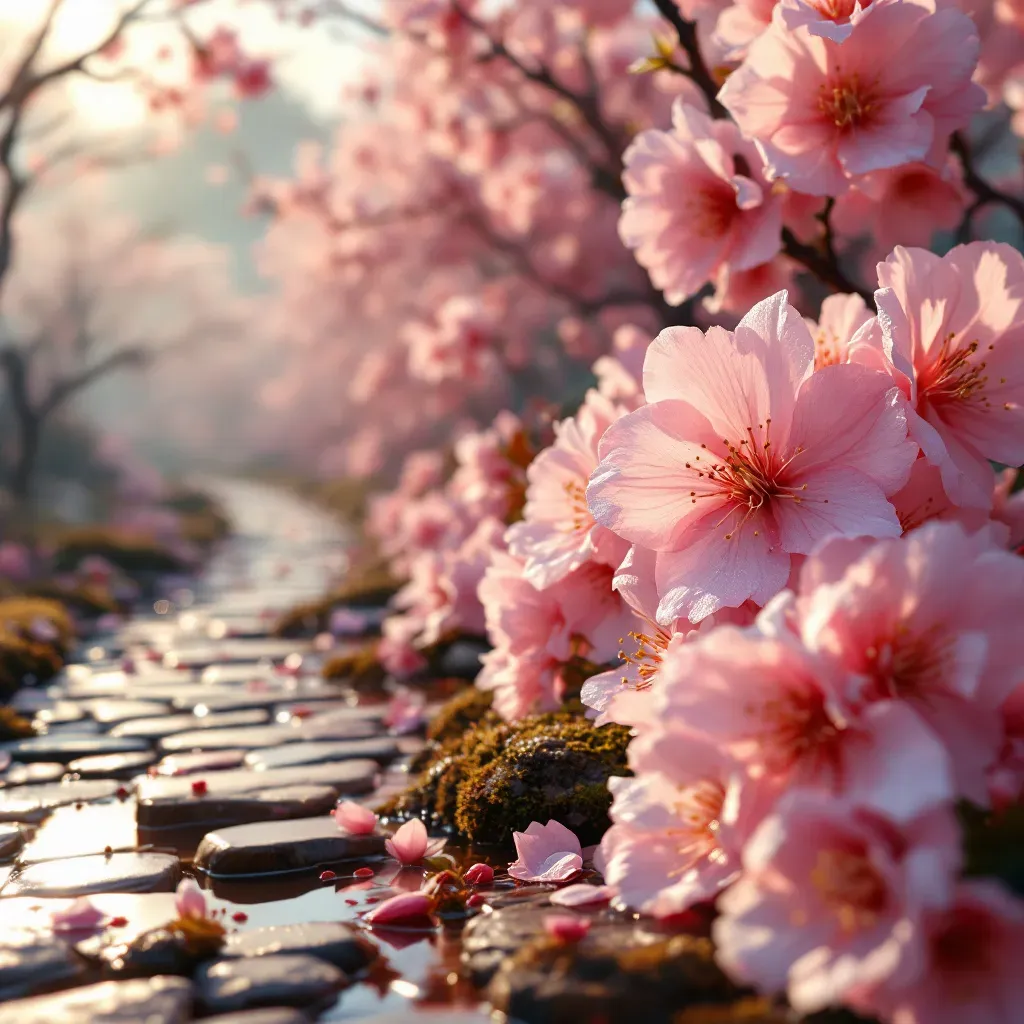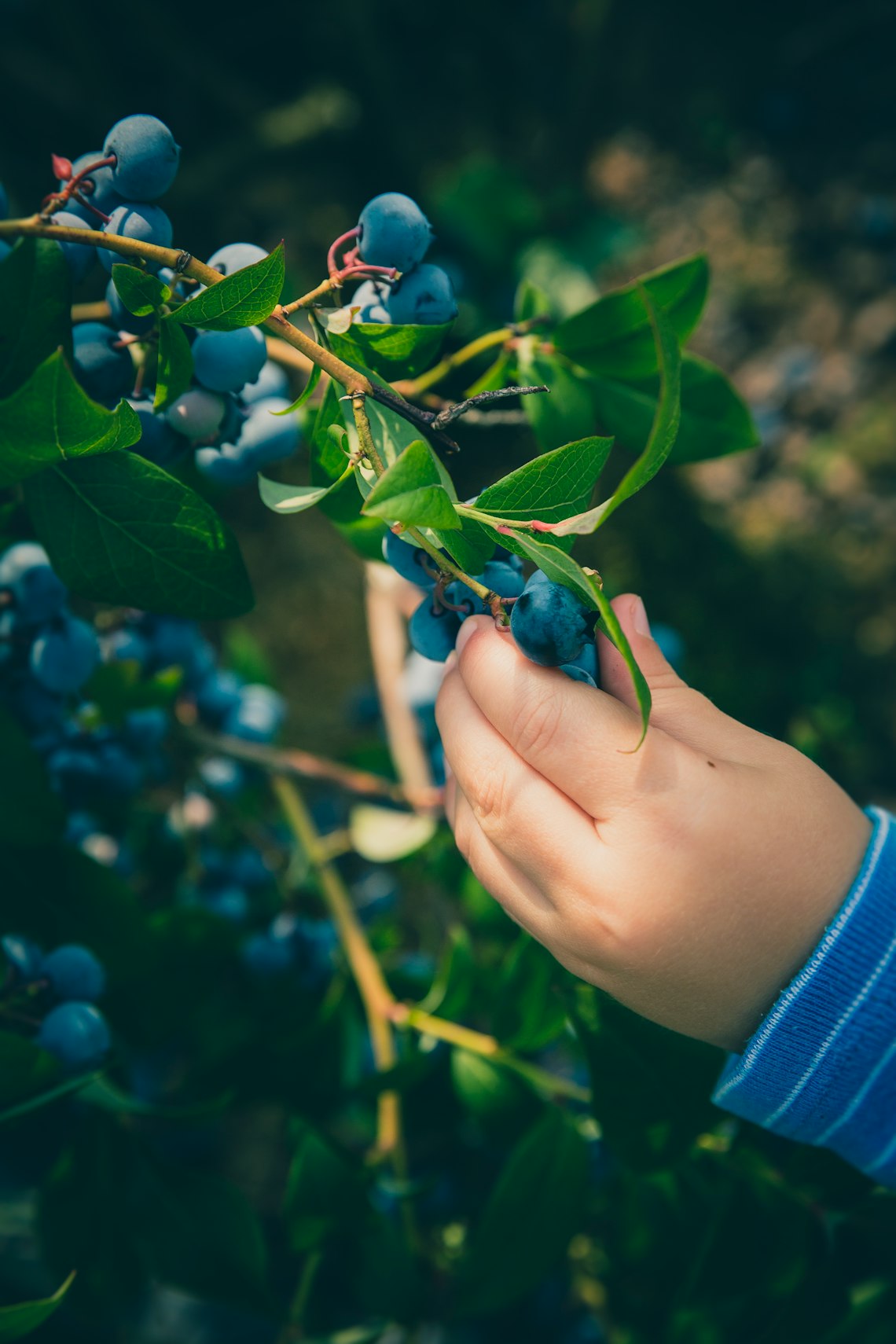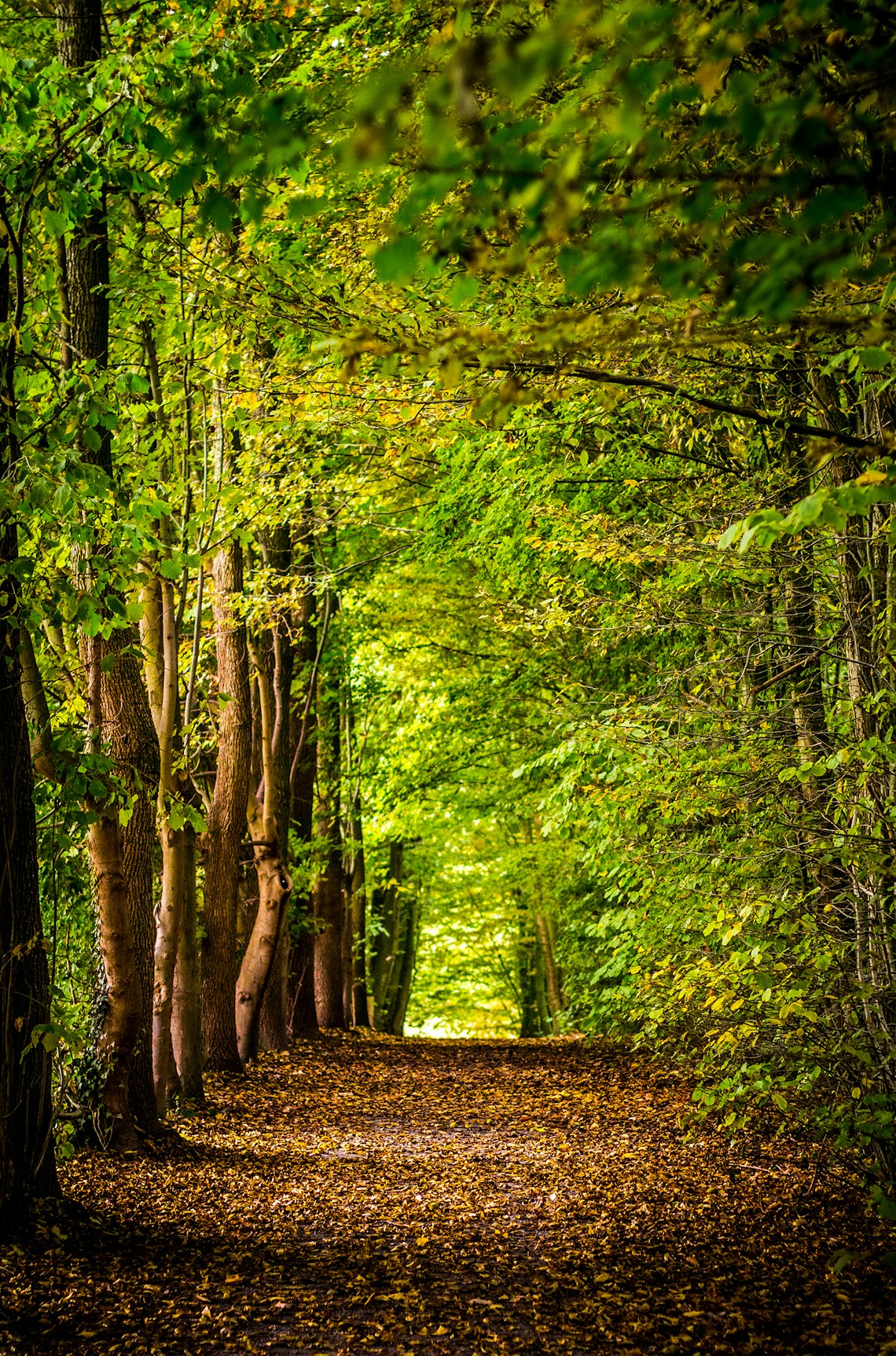As the warmer months herald the arrival of cherry blossoms, these stunning ornamental trees offer far more than mere aesthetic pleasure. They represent an essential component in the broader narrative of ecosystem restoration. Cherry blossoms hold the potential to significantly influence urban forestry, support pollinators, and contribute to sustainable environmental practices.
The Role of Cherry Blossoms in Ecosystem Restoration
Cherry blossoms have long been cherished for their unparalleled beauty. However, their role in ecosystem restoration is increasingly recognized by environmentalists and urban planners. In urban areas, these ornamental trees are not only iconic but also crucial in creating a balanced ecosystem.
Contributions to Urban Forestry
Urban forestry is a vital part of modern city planning, addressing issues from air pollution to mental health by enhancing green spaces. Integrating cherry blossoms into urban forestry projects offers myriad benefits:
- Improvement of air quality through carbon sequestration.
- Regulation of urban temperatures, reducing heat island effects.
- Aesthetic enhancement, which boosts community well-being.
Furthermore, cherry blossoms can be aligned with other green initiatives, promoting a more inclusive approach to urban forestry.
Supporting Pollinators
The relationship between cherry blossoms and pollinators is symbiotic and essential for the health of ecosystems. These ornamental trees, with their abundant and vibrant flowers, attract a variety of pollinators, including bees and butterflies. This not only aids in the pollination of other plant species but also supports local biodiversity.
By offering nectar and pollen, cherry blossoms help sustain pollinator populations, which are crucial for the reproduction of many plants and for food crop production. This role is vital, given the global decline in pollinator populations.
Long-Term Environmental Impact
Beyond immediate benefits, cherry blossoms play a significant role in long-term ecosystem restoration. These trees are not just part of a picturesque landscape; they are active participants in restoring ecological balance. Over time, they help stabilize soil, reduce erosion, and maintain the water cycle.
Integrating Cherry Blossoms into Broader Environmental Efforts
For those involved in reforestation and habitat restoration, incorporating cherry blossoms can enrich ecological projects. These trees offer an opportunity to merge cultural appreciation with practical environmental benefits.
Conclusion: Cherry Blossoms as Key Players in Ecosystem Restoration
In conclusion, cherry blossoms are more than ornamental trees; they are pivotal to the story of ecosystem restoration. Through their integration into urban forestry and their support of pollinators, they contribute to a resilient and balanced environment. As we continue to face the challenges of urbanization and climate change, recognizing and enhancing the role of cherry blossoms is essential.
By embracing these beautiful trees, we are not only preserving a vital component of our natural heritage but also investing in a healthier and more sustainable future. For more insights on biodiversity and conservation strategies, explore the interconnected world of pollinator protection strategies and climate-resilient reforestation.




